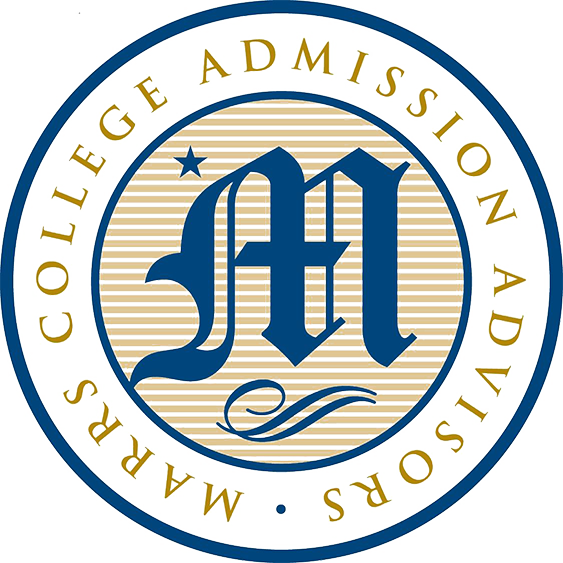College Highlights
University of Arizona
Tucson, AZ
(From the Fiske Guide to Colleges)
Tucson is an increasingly popular academic destination, and it isn’t just because of the scenic mountain views. A large and highly regarded honors college attracts top students, as do excellent programs in the sciences, engineering, and business. Generally viewed as a cut above ASU in academic quality. Now offering tuition discounts to out-of-staters. Bring plenty of shorts and sunscreen.
With a campus that’s encircled by mountain ranges and the beautiful Sonoran Desert, lined with palm trees and cacti, and set against a backdrop of stunning Tucson sunsets, it’s no surprise that students at the University of Arizona love to hang out at the Mall. Not the shopping center, mind you-but a huge grassy area in the middle of campus where 36,000 Wildcats gather between classes. But students are quick to point out that Arizona has a strong sense of community. “I always see familiar and friendly faces around the Mall,” says a senior. With all the natural beauty that surrounds them, many Wildcats simply purr through four satisfying years.
A $28 million aerospace and mechanical engineering building has a state-of-the-art subsonic wind tunnel and rocket-combustion test facility. Eager shutterbugs can pore through photographer Ansel Adams’s personal collection at the first-rate Center for Creative Photography. The Student Recreation Center is LEED Certified, and the Student Success District, slated for completion in 2022, will centralize health and wellness, tutoring, and academic advising services, in addition to providing access to library and technology resources like 3-D printers.
Arizona, whose origins date to 1885, has 14 colleges and more than 250 undergraduate majors. Under the general education curriculum, students take 10 courses, one of which must have a diversity emphasis, that fall under the broad categories of arts, humanities, traditions and cultures, natural sciences, and individuals and societies. Almost everyone gets a healthy dose of freshman composition, math, and foreign language. Sciences are unquestionably the school’s forte-the astronomy department is among the nation’s best, helped by those clear night skies. Students have access not only to leading astronomers, but also to the most up-to-date equipment, including a huge 256-inch telescope operated jointly by the university and the Smithsonian.
The small but rigorous College of Architecture, Planning, and Landscape Architecture is a national leader in sustainable planning for arid regions. Programs in biomedical engineering, optical sciences, nursing, entrepreneurship, business management, and retailing and consumer science are particularly well regarded, and the English and history departments are also standouts. “The academic climate is challenging but rewards student initiative and hard work,” comments a history major. Some first-year courses are taught by graduate students, and 45 percent of all classes enroll fewer than 20 students. Students also praise the THINK TANK tutoring program that operates out of several academic buildings and residence halls for academic support. Arizona’s Student Engagement and Career Development office connects students with real-world learning experiences, whether through courses that involve experiential learning components or through out-of-classroom opportunities like internships, fieldwork, and research or service projects. Career educators in the LifeLab assist students with career planning.
The Honors College offers one of the nation’s largest and most selective honors programs, serving more than 4,000 students. In addition to offering a variety of honors courses, the college features smaller classes, personalized advising, research opportunities, and the new Honors Village living/learning community. The Undergraduate Biology Research Program also has a national reputation. For those seeking new vistas, there are study abroad programs available in more than 60 countries.
A diversity action council, a student minority advisory committee, and cultural resource centers help promote positive race relations. Merit scholarships averaging $8,900 and hundreds of athletic scholarships are available to qualified students. Arizona guarantees that incoming students’ tuition and fees won’t increase for four years. Several restaurants are located in the student union and sprinkled around campus, and although options are varied, some students complain that there aren’t enough healthy choices.
The campus is technically alcohol-free, though some question whether the frats have realized that yet. “Tucson is a hippie town and offers a different local vibe and a fun atmosphere for a college town,” says a junior. Students enjoy Tucson’s shops, restaurants, bars, and various dance clubs, not to mention easy access to hiking and other outdoor activities. Phoenix is less than two hours away. One of Arizona’s most time-honored traditions is Spring Fling, said to be the largest student-run carnival in the country. On Dead Day, the day before final exams begin, the university offers free snacks and stress-relieving activities like yoga, meditation, and coloring.
University of Arizona offers a wide variety of academic opportunities along with spectacular weather. Prospective students are warned to honestly evaluate how that will affect their ability to concentrate. “Professors and advisors urge us to get involved in any way possible and get as many experiences as we possibly can under our belts before we finish our four years,” says a marketing major. Indeed, Arizona is a place to go in pursuit of knowledge, experience, and a good tan.

